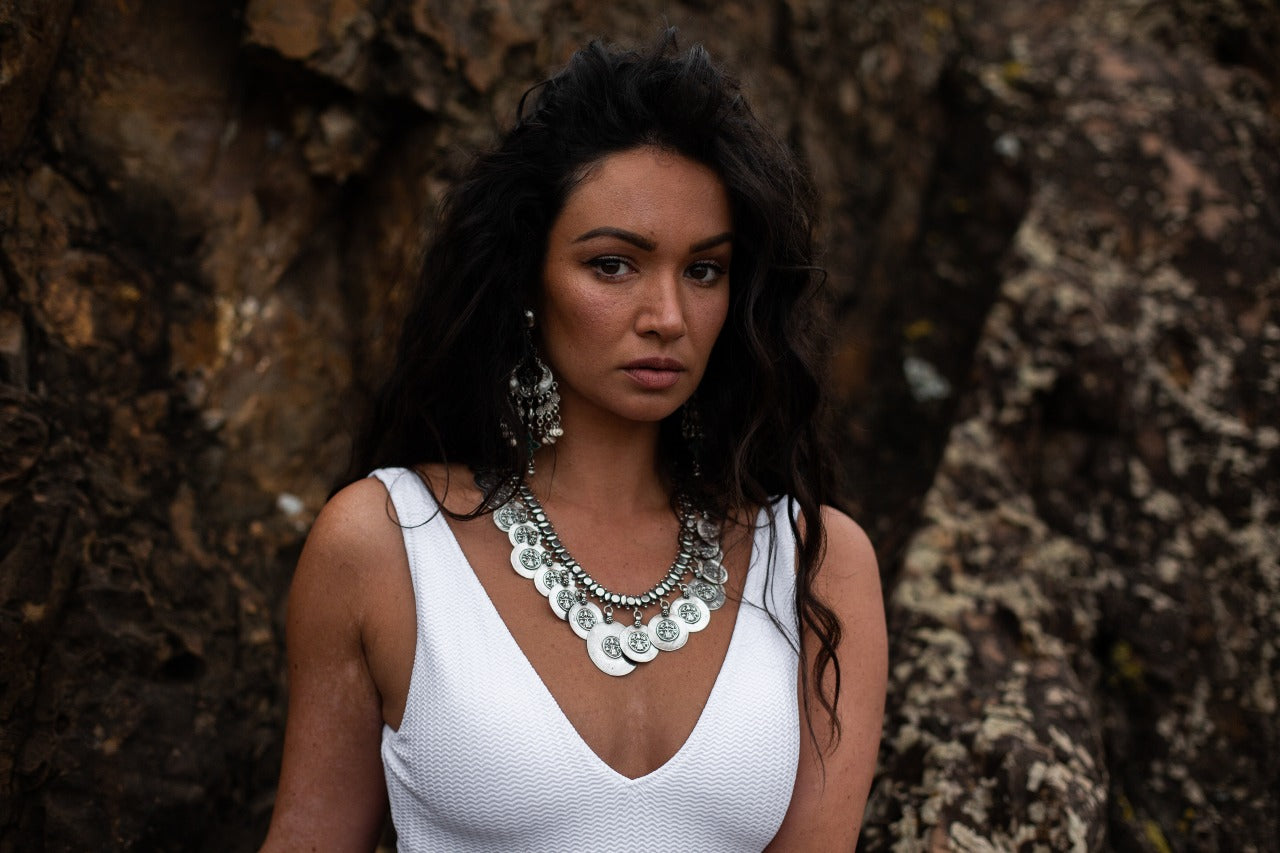Know Your Metals: Which Metals Are Used in Jewellery?

Ever wondered which metals are used in jewellery and why? This week’s blog is on those precious metals which are used in jewellery; their history, properties and uses. Welcome to the second in our 'Know Your' blog series...
Silver, Gold and Platinum are termed ‘Noble Metals’ due to their resistance to corrosion and for being highly malleable and ductile, which makes them perfect for jewellery (plus heaps of other, less important applications!)
Having a metal with a high rate of ductility means you can draw it out into a thin wire without fear of it losing its toughness and becoming brittle. Likewise, a malleable metal is capable of being hammered and pressed into shape without cracking and breaking. Both attributes are essential for working the metal into intricate designs and for settings gemstones.
Why is Silver So Popular?
The first evidence of silver mining dates to around 3000 BC in Anatolia, now modern-day Turkey. It can be found as ‘native silver’ which means as pure nuggets or is extracted from other metals as a by-product during the refining process. It has the highest rate of reflectivity, making it the shiniest of all the precious metals, a great attribute when making jewellery with it.
Pure silver is a soft metal, so for jewellery making it must be alloyed with another metal to give it strength. Traditionally this has been copper, which is why silver can take on a slight golden glow if not polished regularly.


More Interesting Facts about Silver
It also oxidises when exposed to oxygen and sulphur, which turns it dark grey. Again, this is easily removed with periodic polishing.
This oxidisation is often used to enhance the appearance of silver in jewellery making. It gives the design more of a ‘pop’ and a lovely vintage appeal when combined with traditional designs. The best ratio of pure silver to an alloy metal has long been regarded as 92.5% pure silver to 7.5% alloy, hence the term 925 Sterling Silver.
Did you know: silver is antimicrobial and has long been used to prevent infections in wounds? It’s a bit more complicated than wrapping on your silver pendant to a graze though, i.e. don’t try this at home! These antibacterial properties have also been the reason it’s been used in cutlery and serving wear for centuries.
So, What’s the Difference Between a Carat and a Karat?
Gold is measured in Karats, not Carats! Confusing, I know but Carats are how gemstones are measured in weight and Karats relates to the purity of the gold against its alloy. Pure gold is termed 24 karats so to work out the percentage of each grade of gold you have to divide 100 by 24 = 4.166 and then times it by the grade, i.e. 100 by 24 x 9, means 9 karat gold has 37.5% pure gold and 62.5% other metals. Whereas 18 karat gold is 75% pure gold and 25% other metals etc.
Like silver, gold is also found as ‘native’ deposits in its pure form, but the bulk of the world's supply comes as a by-product in the refining of other metals. The main difference between pure gold and pure silver (other than the colour!) is gold is not reactive to oxygen and sulphur. This means that in its pure form, gold doesn’t tarnish.
Despite being a die-hard silver addict, I do find myself drooling when I see some of the amazing pieces of Indian gold jewellery. Traditionally Indian jewellery is made with 22kt gold and so is a beautiful soft and mellow colour, not the harsh metallic finish of the less pure grades. It ages beautifully, the same as silver they are both very soft metals so easily take on surface scratches. Easily polished out if you don’t like the ‘lived in’ look, but for me this just adds to the appeal.
My one little golden indulgence has been a 22kt pair of traditional Indian earrings. Note how the colour glows rather than shines and how the beautiful handcrafting makes these look like something from antiquity?!


Which Metal Is the Most Expensive?
Platinum is the most expensive metal, but have you ever wondered why? It’s due to the rarity, denseness (base metals are sold by weight and Platinum is the heaviest) and its high levels of resistance to tarnishing and corrosion. Platinum is much more durable than gold which is one of the reasons it’s preferred for engagement rings. It’s colour also shows off diamonds and other transparent stones much better than gold.
White gold is yellow gold that has been mixed with other metals and then plated with rhodium. This wears off over time and so needs to be replated regularly, whereas Platinum is naturally a silver white colour. It is another soft metal though, so will develop a soft, satiny patina over time.
Funnily enough, the name comes from the Spanish term platina which means ‘little silver.’ The Spanish were less than impressed to find this impurity in the silver they were mining in Columbia and tossed it out!








